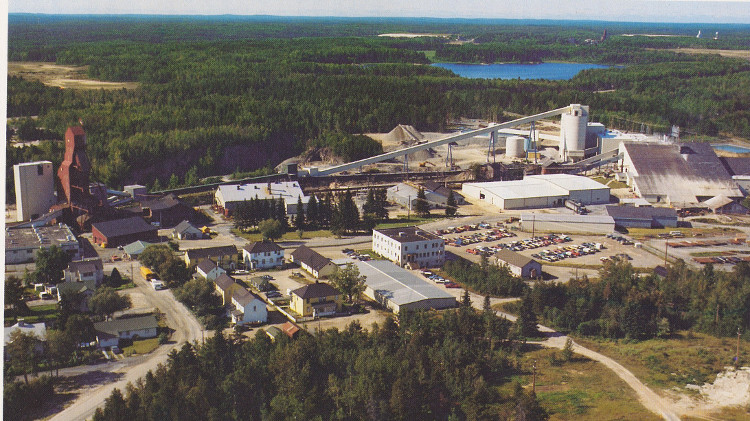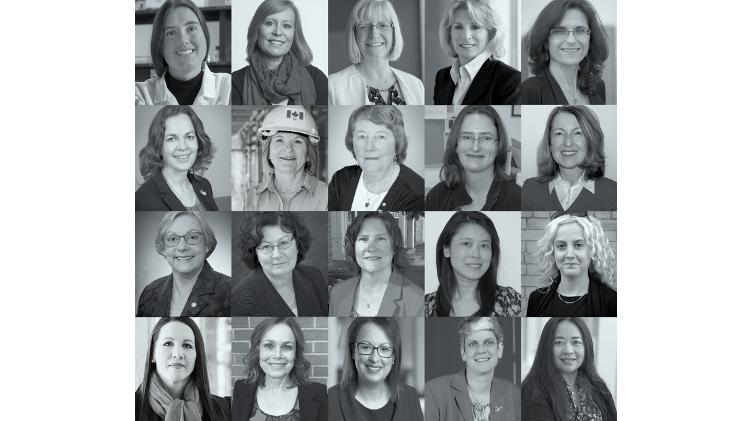Luis Alberto Torres-Cruz. Courtesy of the University of British Columbia
While Luis Alberto Torres-Cruz was pursuing postgraduate studies at the University of the Witwatersrand in Johannesburg, South Africa, mine waste dumps were literally part of the city skyline.
“It’s something that’s very present in our minds when living in Johannesburg,” recalled Torres-Cruz, an assistant professor at the University of British Columbia (UBC) and the Teck professor in tailings management and innovation at the university’s Norman B. Keevil Institute of Mining Engineering.
“It made sense to me to study and investigate the stability of a type of structure that I could see very close to the city, and it was easy to appreciate that the consequences of a failure would be quite serious.”
What started as a suggested focus by his then-supervisor Geoffrey Blight, an accomplished geotechnical engineer, launched Torres-Cruz’s career dedicated to improving safety for mining waste.
The global mining industry produces billions of tonnes of tailings each year. The majority of this waste is held by tailings dams, which, if they fail, can have disastrous consequences for human health and the environment.
In January 2019, one such disaster sent shockwaves throughout the industry and marked a turning point for mining safety. A tailings dam failure at Vale’s Córrego do Feijão mine in Brumadinho, Brazil, that led to 272 deaths was caught on camera and circulated widely.
“The degree to which the skills of tailings engineers are needed became more evident after Brumadinho failed,” Torres-Cruz reflected.
Following the disaster, Torres-Cruz co-authored an opinion piece in The Conversation expressing the need for industry action, which highlighted the importance of collaboration between stakeholders.
In the years since, Torres-Cruz has seen the changes from mining companies in supporting research initiatives first-hand, including the creation of his own position at UBC, which is endowed by Teck Resources. He became the first Teck professor in tailings management and innovation in July 2024.
Through classes with Torres-Cruz, students can learn about the current geotechnical and environmental aspects of tailings, as well as advance tailings management solutions through focused research informed by engaging with mining companies and tailings consultants.
“We can identify where research is needed the most and what the biggest challenges are that practising engineers are facing,” he explained. “Then we can optimize our research efforts.”
While Torres-Cruz’s career has led to a long list of accomplishments—including twice winning the J.E. Jennings Award from the South African Institution of Civil Engineering, an honourable mention for the R.M. Quigley Award from the Canadian Geotechnical Society and a robust body of research on tailings storage facilities—his proudest accomplishment is the work he has been able to complete with his students.
“The publications that have come out of this work are special to me because they reflect the learning process,” he said. “They reflect the dedication the students put into the work and also the guidance I provided.”
Having the opportunity to share knowledge about tailings safety with the next generation of mining engineers is a privilege Torres-Cruz sees as crucial to the future of mining.
“It is very important to make sure that this knowledge gets transferred to younger [mining] engineers, especially because tailings engineering has not traditionally been a topic in the curriculum, including at the undergraduate level.”
Looking ahead, Torres-Cruz is excited about the potential to further contribute to understanding the mechanical behaviour of tailings as they exist in storage facilities.
“Actual tailings deposits are not homogeneous at all,” he explained. “We are still figuring out how best to characterize the geotechnical properties of tailings, and there is still quite a bit of work to be done in that field.”




